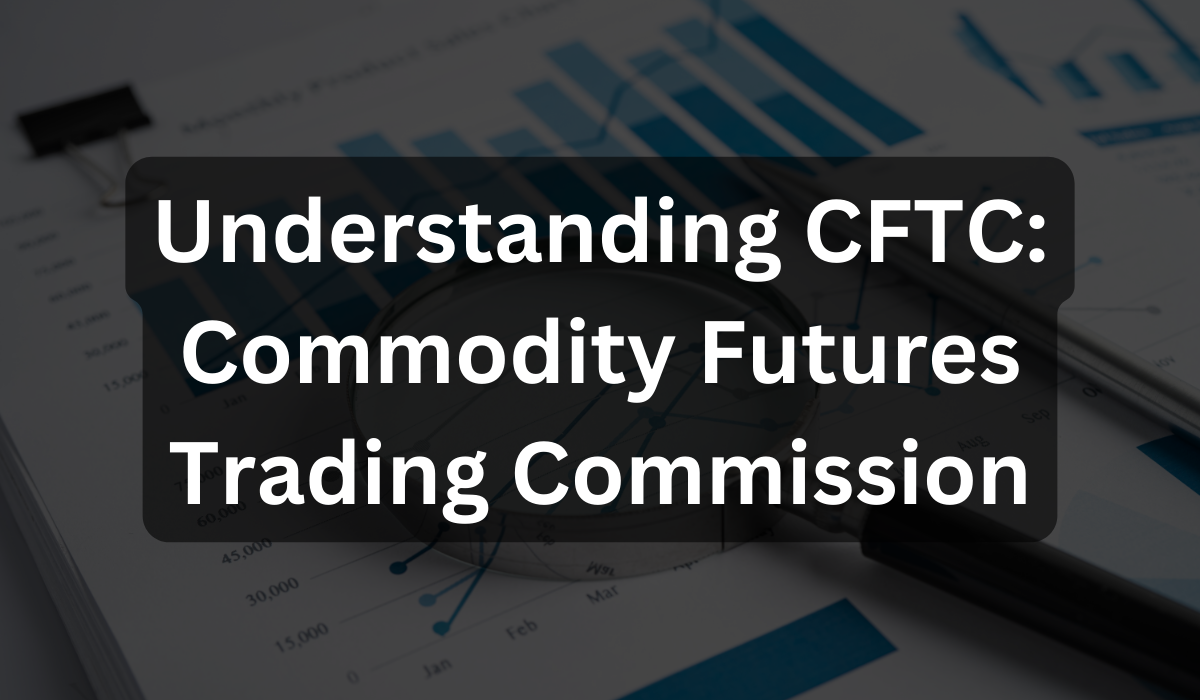The Commodity Futures Trading Commission (CFTC) plays a vital role in regulating derivatives markets and ensuring fair practices within the United States. In this blog post, we will delve into the functions, divisions, and challenges faced by the CFTC, providing you with a comprehensive understanding of this influential governmental agency.
What is the CFTC and How Does It Work?
The CFTC, established in 1974, is an autonomous US government agency responsible for overseeing derivatives markets, including futures, swaps, and certain options. Its primary objectives are to enhance market competitiveness, efficiency, and investor protection against fraud and unfair practices.
The CFTC consists of five commissioners appointed by the US President and confirmed by the Senate. These commissioners work collaboratively on various committees, addressing diverse areas such as agribusiness, energy markets, international economies, and technological advancements.
The Divisions of the CFTC: Ensuring Market Integrity
The CFTC comprises 13 divisions and offices, each playing a crucial role in maintaining market integrity and safeguarding investors’ interests. Some of the key divisions include:
- Division of Clearing and Risk (DCR): This division ensures the financial integrity of transactions covered by the Commodity Exchange Act (CEA). It oversees derivatives clearing operations and assesses risk surveillance, examinations, and international initiatives.
- Market Participants Division (MPD): The MPD monitors CFTC-registered businesses involved in derivatives trading and provides educational outreach to the public. It focuses on registration, compliance, examinations, and financial requirements.
- Division of Market Oversight (DMO): The DMO is responsible for overseeing regulated derivatives markets, ensuring compliance with CFTC rules, and assessing market stability and efficiency. It consists of branches dedicated to regulation-making, compliance, market intelligence, market review, and product review.
- Division of Data (DOD): The DOD collaborates with market participants to ensure accurate and secure data collection. It integrates datasets to provide a comprehensive view of the macroeconomic environment and facilitates informed decision-making.
Challenges Faced by the CFTC
While the CFTC plays a vital role in regulating derivatives markets, it faces several challenges in its mission. Some of these challenges include:
- Technological Advancements: With the rise of financial technology and digital currencies, the CFTC must adapt to new market trends and developments.
- Market Complexity: As derivatives markets become more intricate, the CFTC must stay vigilant in ensuring market order and transparency.
- International Cooperation: The CFTC collaborates with international regulatory bodies to address cross-border market activities and promote global market stability.
- Regulatory Compliance: The CFTC faces the ongoing challenge of enforcing regulatory compliance and deterring fraudulent practices within the derivatives industry.
Conclusion
The Commodity Futures Trading Commission (CFTC) serves as a vital regulatory authority in the derivatives market. Through its divisions and offices, the CFTC works diligently to maintain market integrity, protect investors, and adapt to the evolving landscape of financial markets. Understanding the role and challenges faced by the CFTC is essential for anyone involved or interested in the derivatives trading industry.
Disclaimer: This blog post is for informational purposes only and should not be considered as financial or investment advice.








